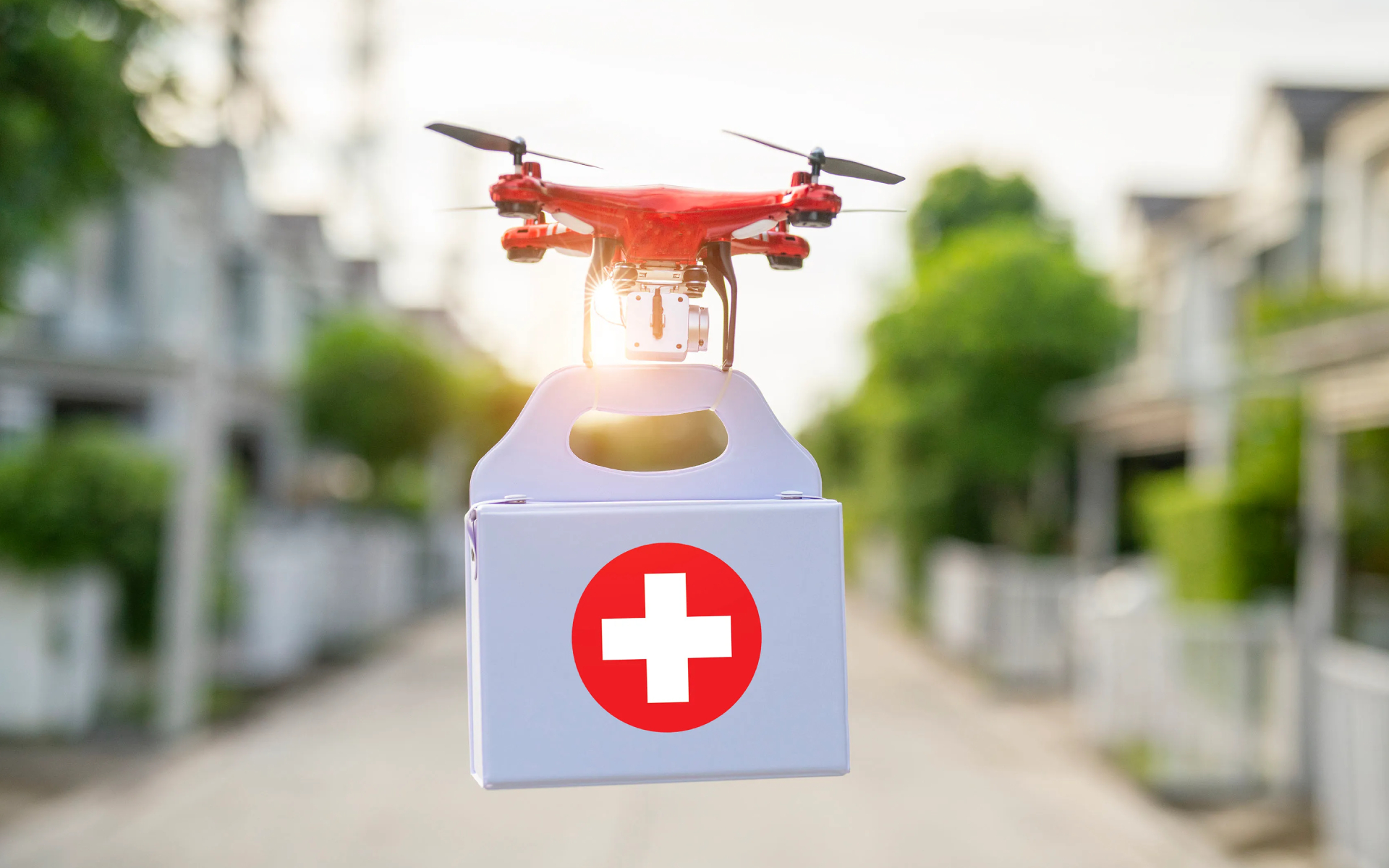
Overview
In the wake of natural disasters such as a hurricane, flood, or fire, it’s often difficult for first responders to assess the damage and provide aid to the most devastated areas. Although manned aircraft and satellites can provide support in mapping the devastation, traditional aircraft can be very costly and satellite imagery often doesn’t meet the high-resolution needs. And both solutions are typically slow to deploy.
Industry Challenges
Here’s the solution – Drones
Drones provide critical advantages in emergencies in rural or urban areas, quickly responding to emergencies from terror attacks to enforcing movement limitations and curfews in response to epidemic contagion. In these situations, drones are instrumental in delivering an elevated view to enhance situational understanding. Providing quick response to every police patrol, small drones can be deployed by every police car, responding to any city emergency.
Drones can feed live video to the patrol car and relay communication to the central dispatch. Quick reaction is essential in emergencies like mass casualty incidents or marine disasters when every second counts to saving lives. In addition, drones can be dispatched by helicopters, ambulances, and the fire brigade to assess the situation. Since extensive air activity is expected at the scene, drones would be most efficient at medium altitude.


